Growing a rainforest – ABC
How an oil palm plantation owned by Christopher Skase was replanted by hand and transformed into a lush rainforest on the edge of the World Heritage-listed Daintree National Park.
ABC Far North
Original post by ABCFN can be found here
By Sharnie Kim – with permission
When Joe Reichl first set foot on the 27-hectare block known as Lot 46, it looked like a dump. It was littered with car bodies, dilapidated sheds and covered in weeds and brambles several metres high. Then there were the exotic oil palms — more than 120 of them — which were the remnants of a plantation once owned by the tycoon-turned-fugitive Christopher Skase. “It was left to rack and ruin, virtually” Mr Reichl said. Within a decade, the property would look unrecognisable.
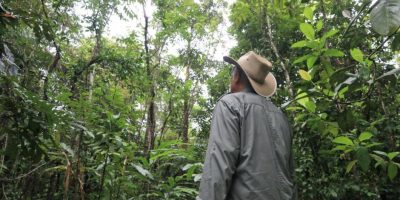
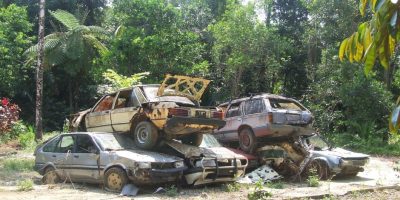
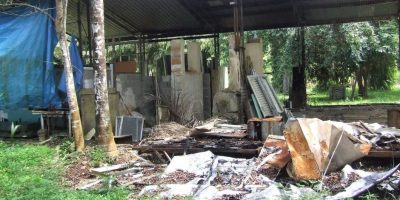
In a previous life, Lot 46 was part of one of the oldest rainforests in the world — the Daintree in far north Queensland — which has grown and evolved for more than 100 million years since the days of the Gondwana supercontinent.
Initially cleared to grow pineapples and bananas, by the 1980s the property was an oil palm plantation. At the time, Skase was developing nearby Port Douglas from a quiet fishing village into an internationally renowned resort town.
Christopher Skase built the Sheraton Hotel in Port Douglas and he was looking for palms … so he bought the whole property and started digging out the palms. Mr Reichl operated the Daintree ferry at the time and remembers transporting the palms across the river in the middle of the night. “The whole street to Port Douglas is lined with oil palms now and it’s pretty iconic” he said.
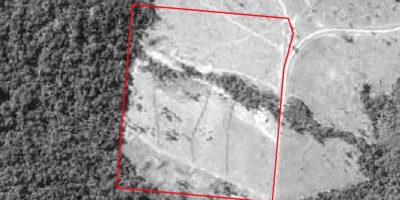
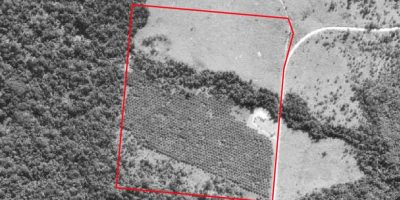
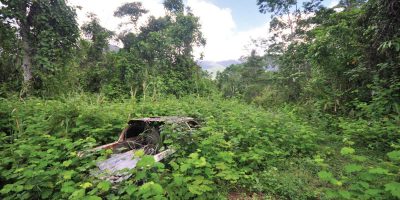
By 2010, the property, which had since changed hands, was on the market but had deteriorated badly.
“The areas that were farmed were covered in brambles or wild raspberry, and even the pigs and cassowaries couldn’t get through it it was that thick,” Mr Reichl said. “There was lots and lots of rubbish.”
But for one group, the land, which shares a boundary with Daintree National Park, was an ecological treasure and bought it for $350,000. The new owners were a Mullumbimby-based not-for-profit conservation group called Rainforest Rescue, which has bought and restored forests in Queensland, New South Wales, Tasmania and overseas. Mr Reichl was its Daintree manager and brought in heavy machinery to prepare the canvas.
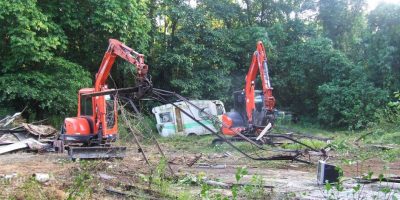
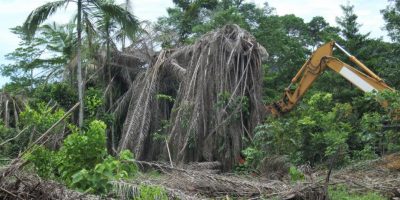
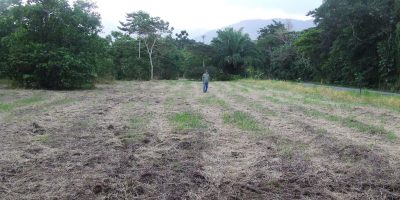
“In the process of cleaning this block up, we removed nine semi tipper loads (180 tonnes) of rubbish” he said.
“When we cleared, I then had a lot of empty room and I thought: ‘Wow, what have I started?’ because it was really then you could see what we’d have to deal with and it was quite an area. Once you could see what we had to do it was frightening, but it’s good — a little bit over time and the job got done.”
Within a few weeks of taking over the property, Mr Reichl had planted his first tree.
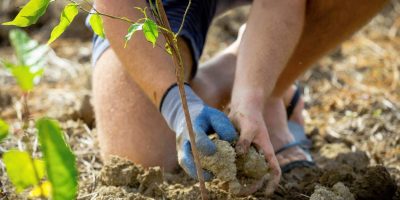
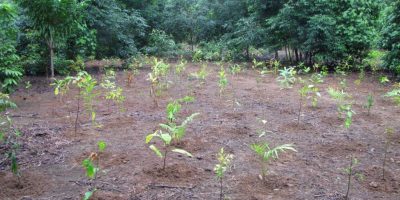
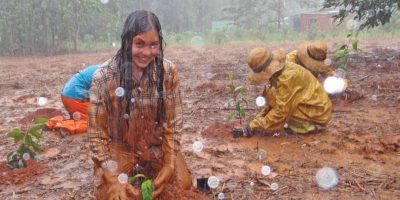
Over several years, the property was replanted with the help of volunteers, while other parts were left to regenerate.
More than 42,000 trees were planted, all from locally sourced seeds which were grown at a nursery down the road.
Local conservationists Barbara Maslen and Allen Sheather used to run it for the Daintree Cassowary Care Group before they gifted it to Rainforest Rescue a few months before it bought Lot 46.
“We generally try to collect most of what we need from not too far from where we’re planting, just so we can keep some sort of genetic integrity in the plantings” Mr Sheather said.
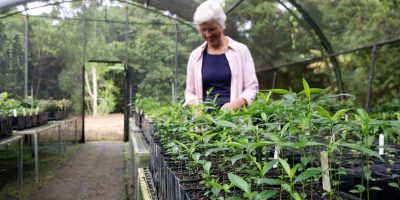
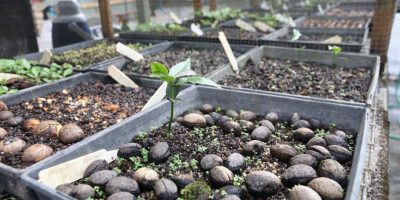
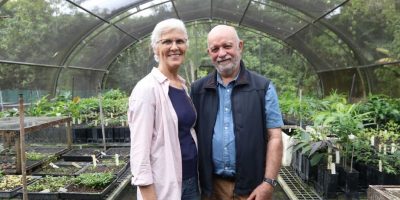
The couple is still involved in restoration projects and does ecological assessments on properties Rainforest Rescue is looking to buy in the Daintree.
Mr Sheather said the transformation of Lot 46 was “quite exceptional”.
“We get really good growth rates in our plantings, plus our methodology is quite supportive of plants growing quickly,” he said. “We tend to be able to get a canopy closure in less than two years, which is quite remarkable really. Once that happens it’s quite exciting watching them, because within a short space of time there’s not much weeding intervention needed and you can just sit back and enjoy it a bit.”
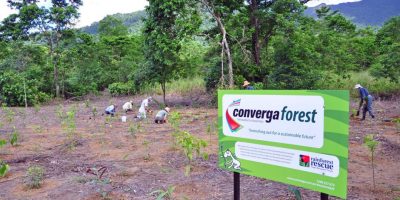
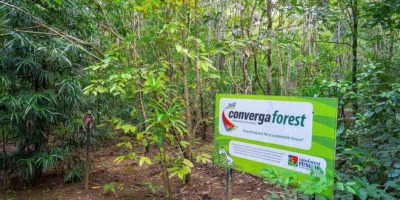
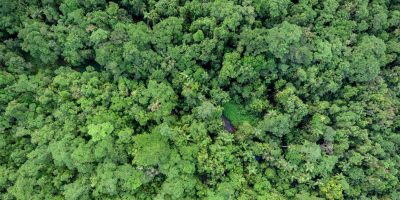
Rainforest Rescue has finished replanting Lot 46. After nearly a decade of careful management, the forest is maturing and has formed a canopy. It will be the last restoration project for Mr Reichl, for whom retirement beckons.
“It’s definitely my baby. I’m very proud of this one. Basically it’s still going to take a long time to be a proper rainforest, but we’ve got cassowaries coming through here with chicks. This is part of a corridor between the mangroves and the mountains, which is Thornton’s Peak just behind us, and that makes a brilliant wildlife corridor.”
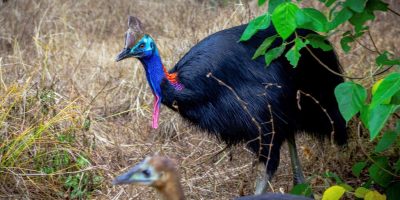
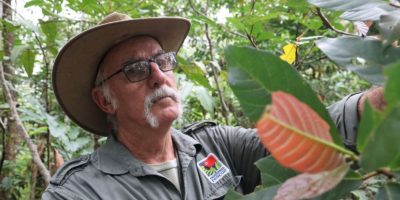
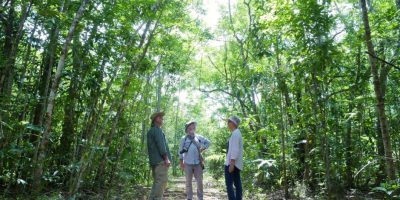
About 150 species have been replanted on the property — one of them being Idiospermum australiense, or idiot fruit.
Thought to be extinct until it was rediscovered in the early 1970s, it is a primitive species that has been around for more than 100 million years and one of the first plants to produce a flower.
“Still alive today and not a wrinkle on it anywhere” Mr Reichl said. In the world there’s supposed to be 15 primitive species; in other words, species of trees that were around millions of years ago. “They still exist here, they still grow in this region, so therefore this is really valuable.”
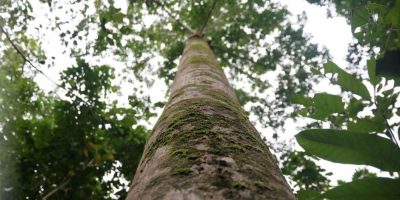
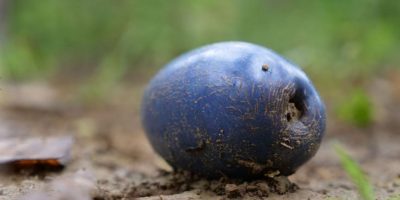
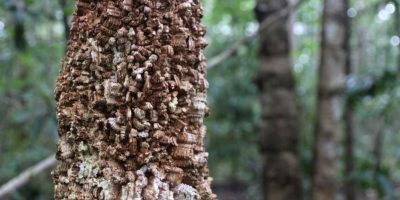
Rainforest Rescue has 34 properties in the Daintree lowlands, although none have had a makeover quite as dramatic as Lot 46.
Mr Sheather said it hoped to keep buying properties of high conservation value in the area.
“We’ve literally ranked every property that’s not settled so we can have a bit of an idea of whether or not they’re one that we should target,” he said. “We’ll continue buying while there continue to be unsettled properties, and if we have the opportunity we’ll certainly be involved in buying ones that need restoration work. We have the nursery, we’ve finished Lot 46 now, there’s no more planting needing to happen there, so we are quite keen to get more restoration work happening.”
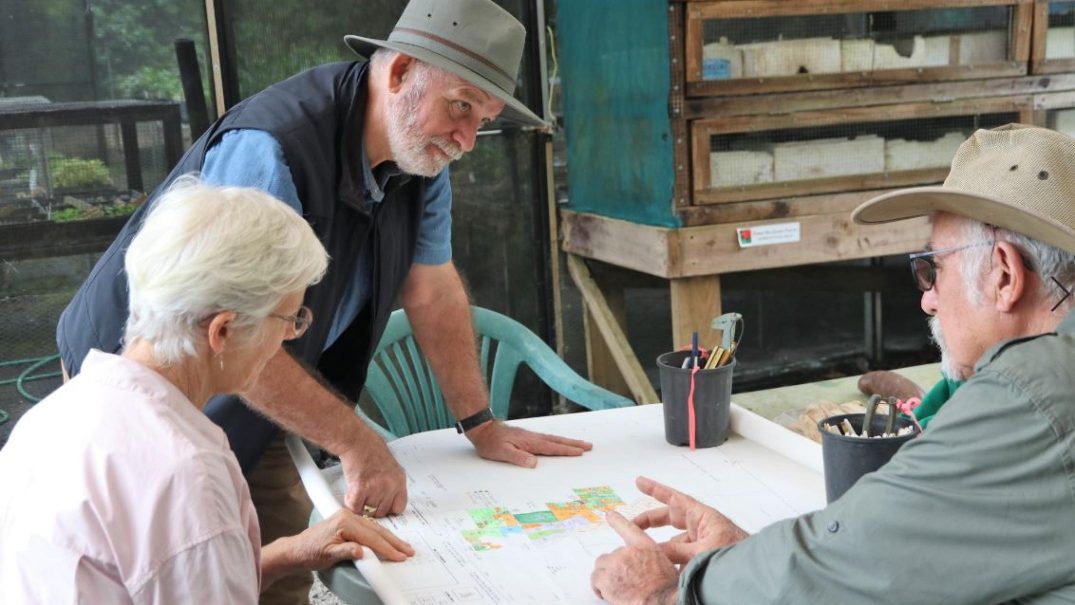
The Daintree is part of the Douglas Shire, where agriculture is an important pillar of the local economy — the region produces sugar cane, cattle and tropical fruit.
Rainforest Rescue’s plan to restore more areas has the backing of local mayor, Julia Leu.
“I’m very proud to be a tropical fruit farmer with my husband,” she said. “We’ve been here in Lower Daintree for 30 years and we know that we can do both, there’s a balance. We really value our agricultural sector and our primary producers in the Douglas Shire, and we want to do everything we can to support and maintain that, because it’s such an important income and job generator. But we also at the same time really value our environment and the world heritage status of the Daintree rainforest that is known internationally, so it is not an either/or.”
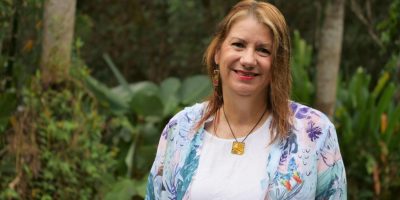
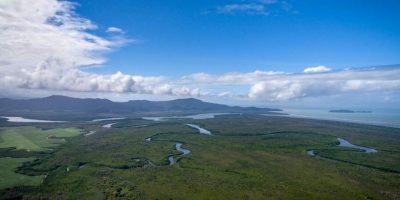
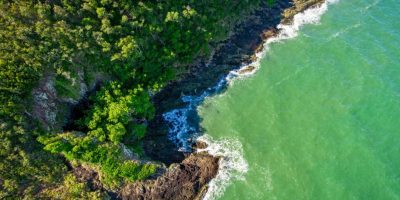
Mr Reichl said he wanted Lot 46 protected as a nature refuge under Queensland’s Nature Conservation Act 1992.
“It is a showpiece and I’d like people to see what restoration does — it does work, so we’ve proven that,” he said. “We’re not just buying blocks willy-nilly, we’re trying to establish corridors where wildlife can move. You’ve still got to have farmland, so if we have these corridors and farmland next to each other it’d be great. I think one can complement the other. We need farms, we need food, we need nature more so. This area is supposed to be one of the oldest in the world. It really is a biological museum — it’s less than 1 per cent of Australia’s landmass. Surely we can protect that.”
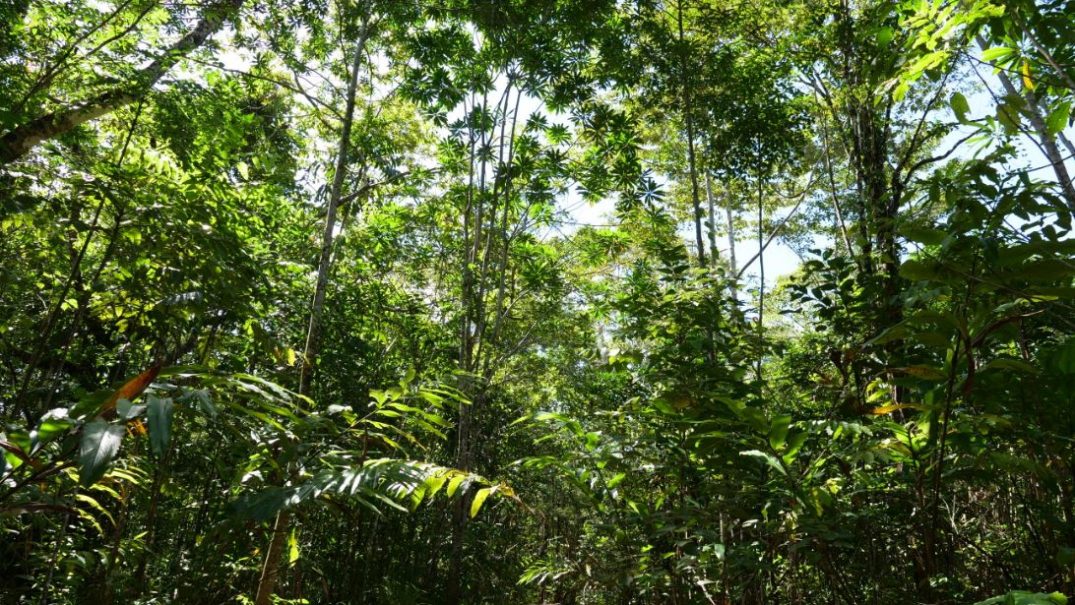
Credits
Story and photos by Sharnie Kim
Additional images by Martin Stringer
Topics:
conservation, rain-forests-and-forest, forests,environmental-management, environmental-impact,national-parks, plants, trees, environment, people,human-interest, daintree-4873
First posted
Donate Now
When you give generously, you become part of a committed team of individuals who collectively are helping to preserve some of the most biodiverse habitats and the species that live within them on this planet. Become a Rainforest Rescuer today!

